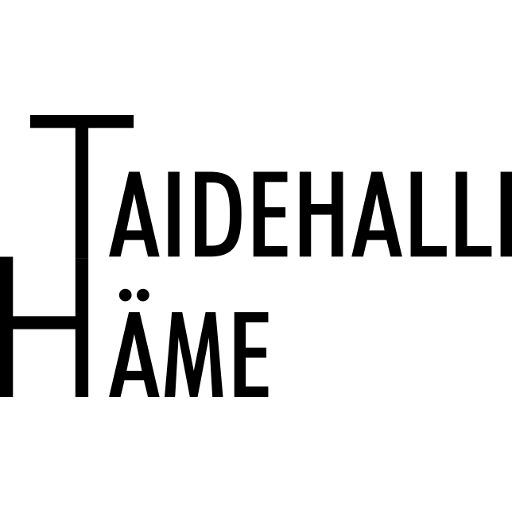“The On the Other Side of the Canvas exhibition features works that examine the world through painting and the structure of the canvas. I paint my memories on canvases, which I modify by dividing, cutting or bending the image surface, combining parts by gluing them together, weaving and piecing together pieces. The two-dimensional image becomes three-dimensional in my hands, a kind of thread of life spun from memories. I weave this thread into a warp in space, but the gaps left between the bonds transform the image into a fragmented structure reminiscent of a net or lattice.
The exhibition has also selected paintings whose formal language resembles various everyday two-dimensional structures that can be used to delimit spaces and areas, or that can be used to cover and protect. Such are various fences, gates and hatches, curtains or textiles used for protection. The above-mentioned objects often have their own recognizable visual meaning, which conveys information and creates order, but which are sometimes also associated with a false sense of security or clarity. These things can be associated with ideas of being closed, opening and being revealed. When shaped into paintings, the objects and subjects are only illusions, in which their meaning has changed from a functional element to one that can only be viewed and perceived.
Through my works, I explore the uncertain area between inner and outer feelings. How can one perceive being here and being outside of being? Through the image, I try to answer the question of what is hidden behind the curtain and which side of the canvas will eventually turn right. Or what the world looks like after falling through the mesh of the net to the other side.”
— Kaisa Huotari

